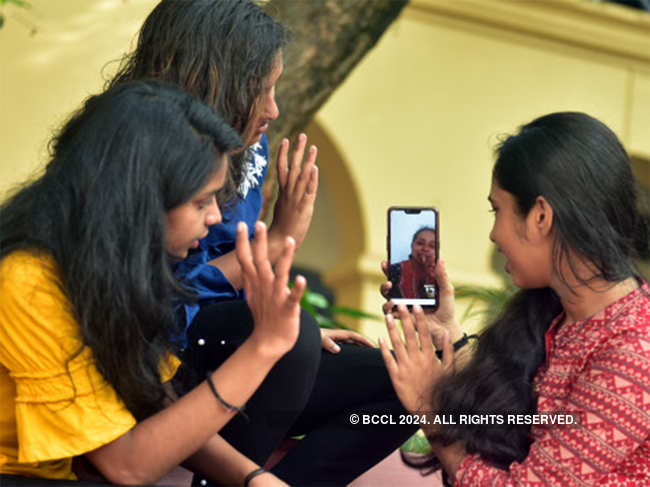
Overall, problems with video calling, especially when one of the callers is in a low connectivity geography like India, are dismal fibre connectivity and inadequate spectrum. This can get compounded by a surge in data consumption at specific times that lead to network congestion.
Elevate Your Tech Prowess with High-Value Skill Courses
| Offering College | Course | Website |
|---|---|---|
| IIM Kozhikode | IIMK Advanced Data Science For Managers | Visit |
| IIM Lucknow | IIML Executive Programme in FinTech, Banking & Applied Risk Management | Visit |
| IIT Delhi | IITD Certificate Programme in Data Science & Machine Learning | Visit |
Plus, data plans that offer low upload and download speeds also add to a poor video calling experience, including dropped calls. This happens, for example, during FaceTime or WhatsApp video calls.
“Given the poor fibre connectivity coupled with low intra-city fibre infrastructure penetration in India, ensuring a stable video call without drops is a challenge as data transmission primarily happens over microwave networks, which is not as stable and has higher latency levels,” says Nitin Soni, director (corporates) at global rating agency, Fitch.
The latency of a network is a measure of the delay a user experiences when his/her computer/smartphone tries to access an internet server. Lower the latency of a network, higher the internet speeds, and vice versa. The FaceTime video calling problem that Ookla identified as serverrelated can be a latency issue, for example. Soni believes telcos need to invest much more in intra-city fibre infrastructure to improve video call quality. “To stop video calls from dropping, at least 70-80% of India’s tower base needs to be fiberised, going forward,” said a senior tower industry expert, asking not to be named.
Discover the stories of your interest

Indians are expected to make 94.1 million minutes of video calls in 2019, over 26% higher than 2018, and nearly 57% higher than in 2017, according to data from DMMI, a Bangalore-based telecom and technology research firm.

India also happens to be the largest market for Whatsapp video calling globally, the company had said in the past, as internet users made some 50 million minutes of video calling every day in 2017 on the messaging app.
Video calls usually become unusable long before they actually drop, say global broadband experts. Both upload and download speeds are important for video calls so that a smartphone user can actually see the other person — which requires a good download connection — and send their own video image — which needs a consistent upload connection, Ian Fogg, vice president (analysis) at UK mobile analytics company and data speeds tester, Opensignal, told ET.
WHAT CAN USERS DO ?
For starters, to minimise video call drops, users must ensure that their smartphone’s data connection is providing a good enough upload and download speed with low latency. That means, check your data plan.
Next, use speed testing apps like Netflix’s Fast.com or Ookla’s Speedtest.in to check the network speed.
Third, check which app is best suited given your phone/data plan/ internet speed for making the call – users can measure their connection speed before making a call by using Opensignal’s Meteor app, for example.
Fourth, choose, if you can, a time that typically has low data traffic in to make your video call.
Opensignal’s data shows mobile connections are slowest in the evening and the fastest during the night.
















 Get Unlimited Access to The Economic Times
Get Unlimited Access to The Economic Times
